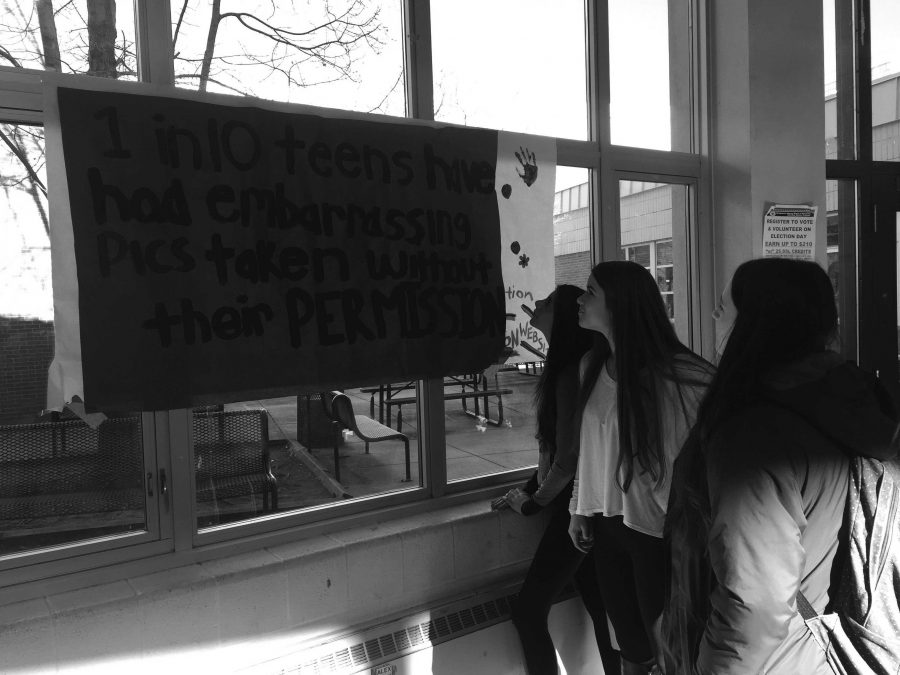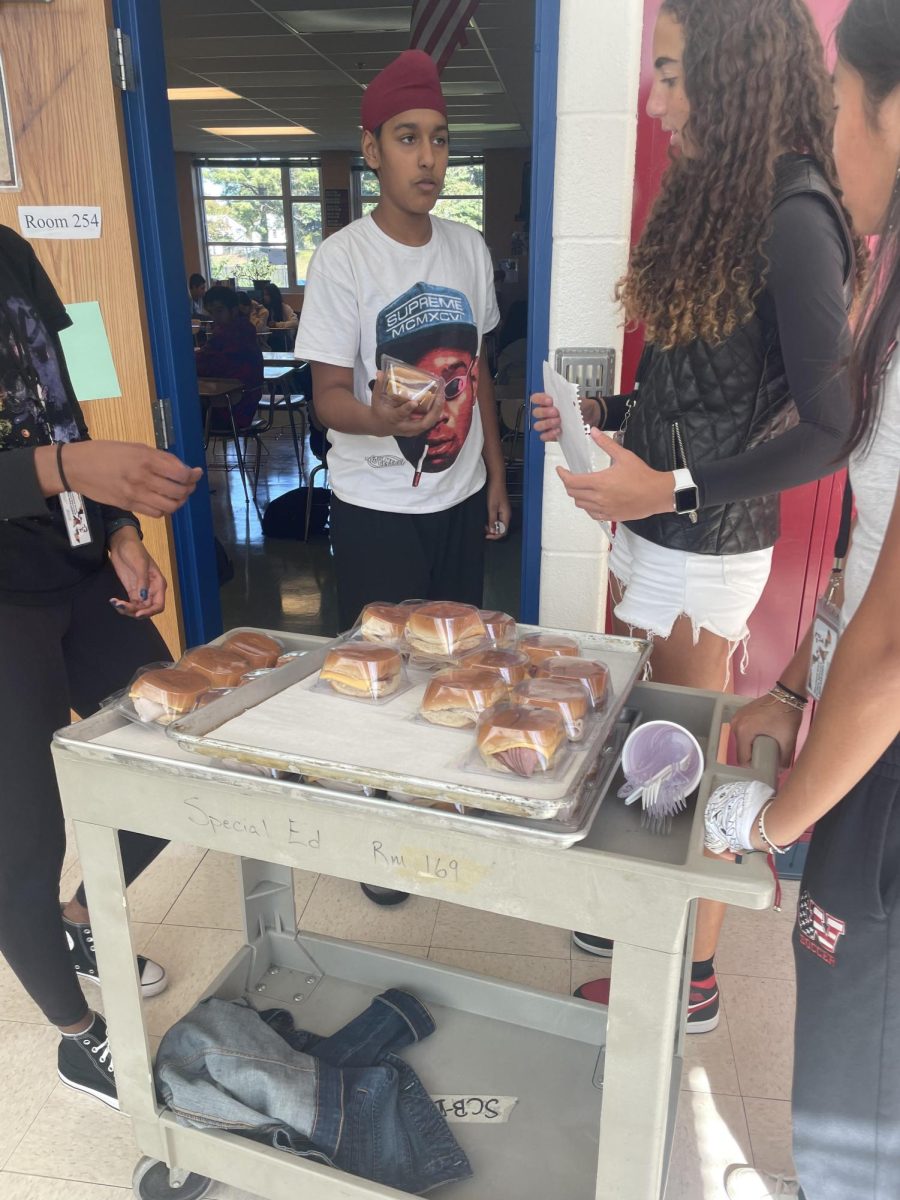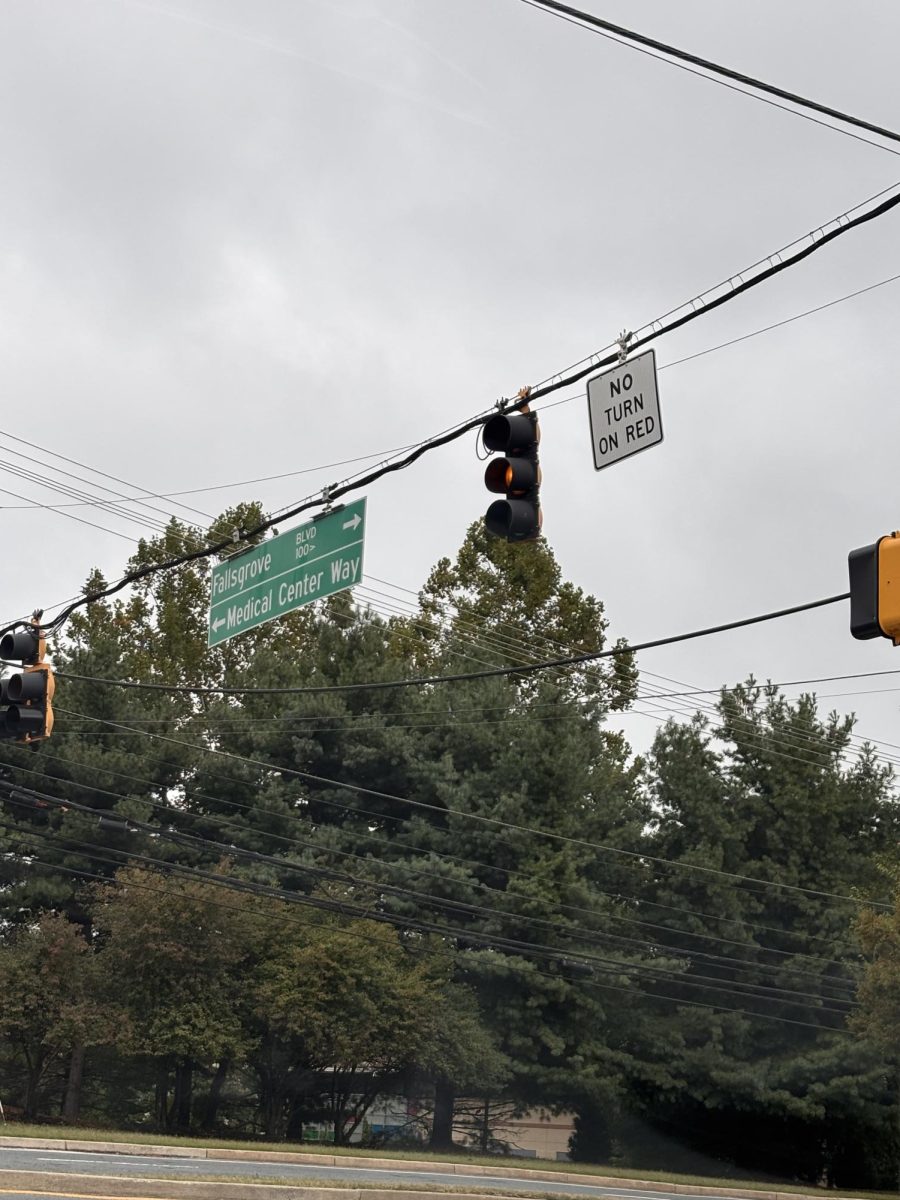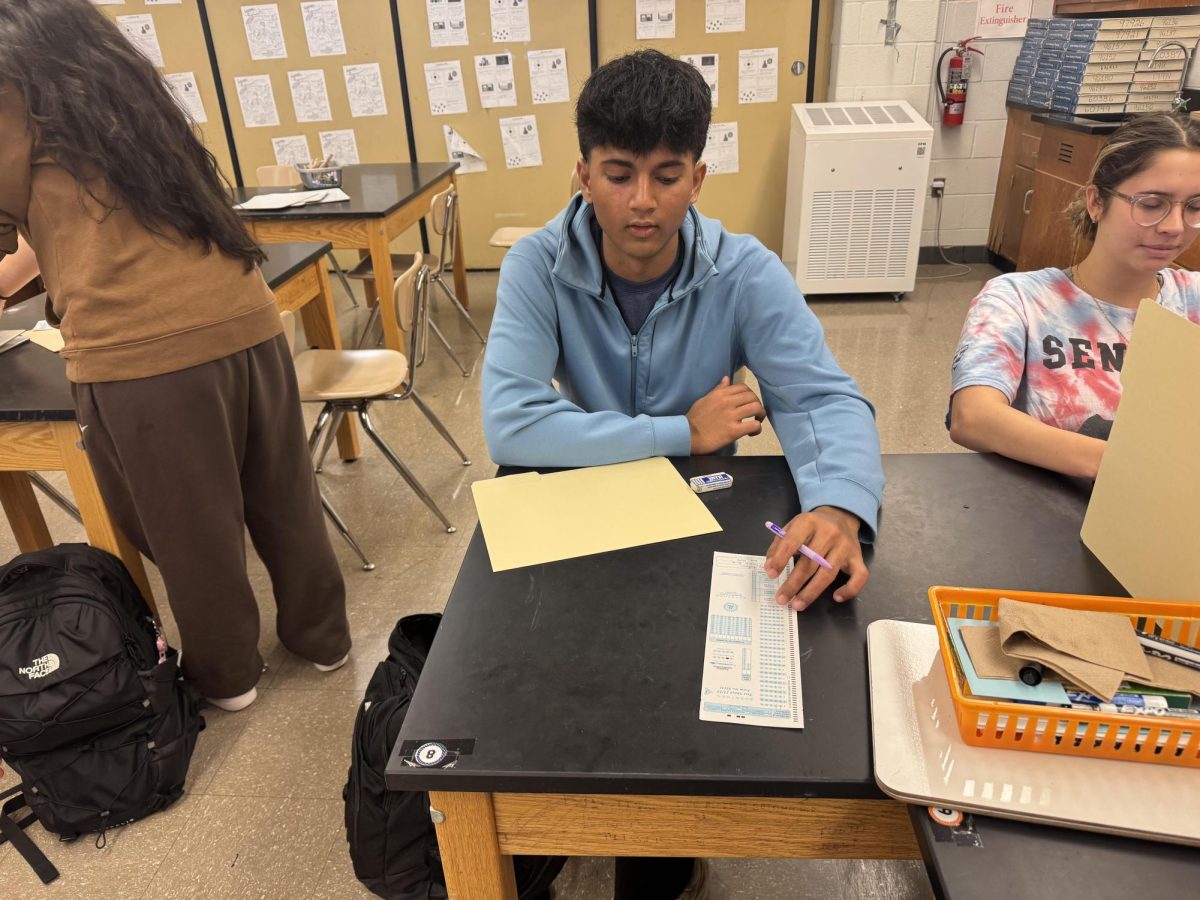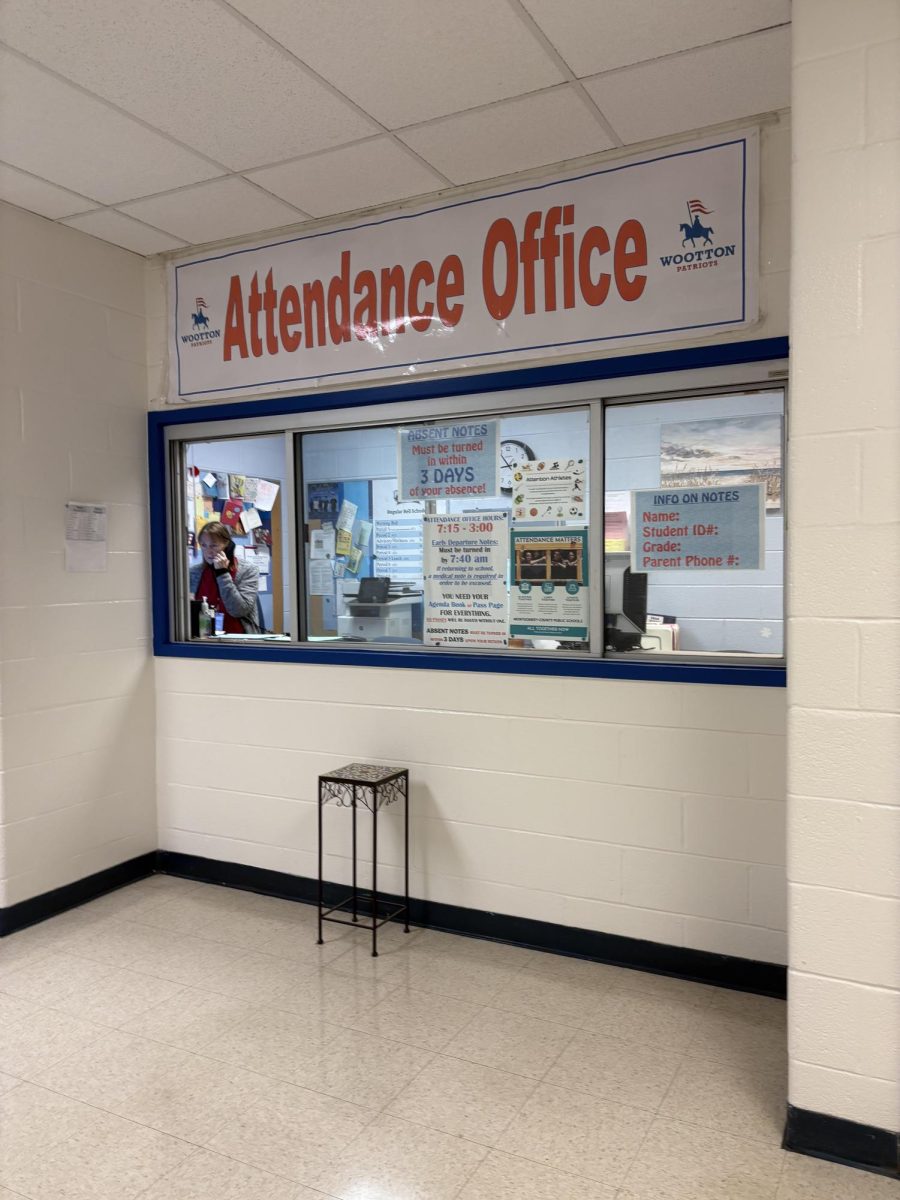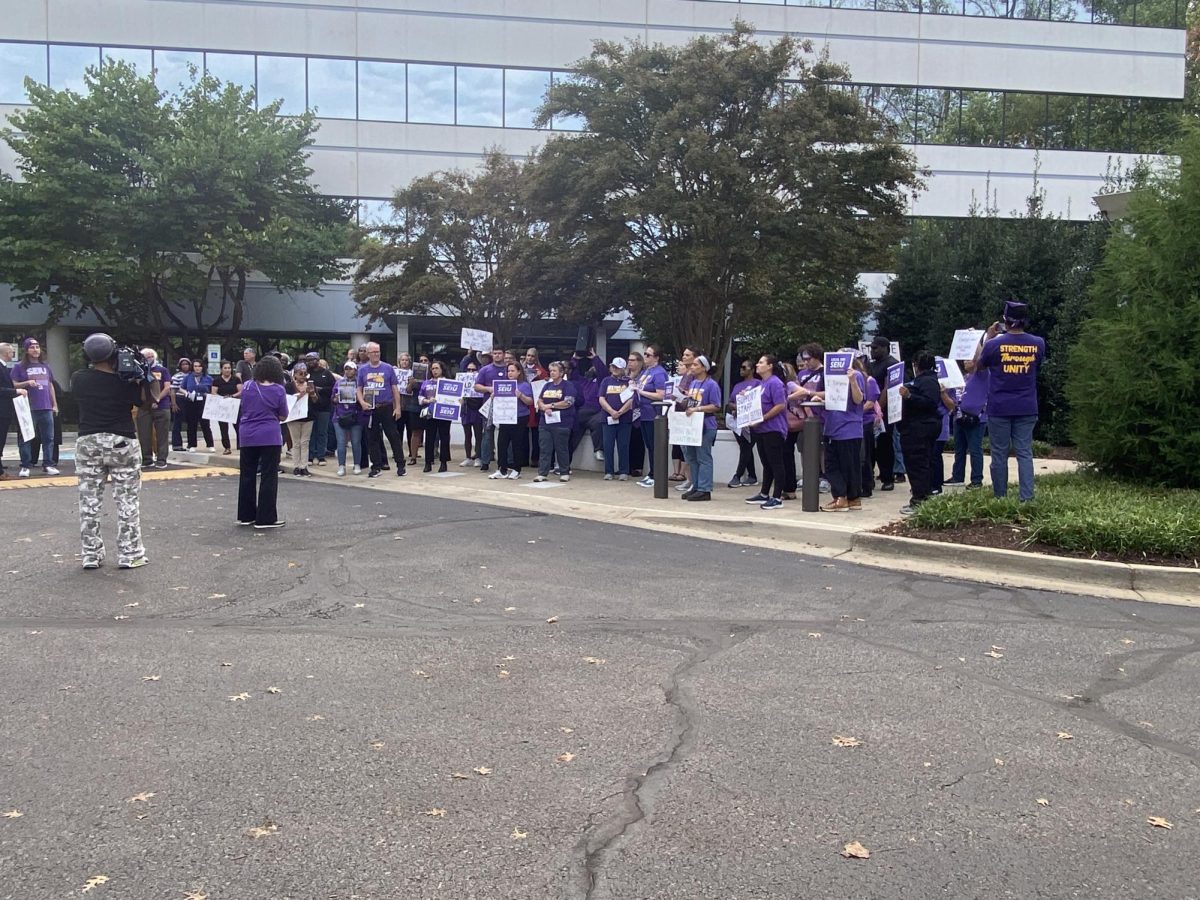Mental health: As students, it may feel as if we hear those words every day. Balancing school work, extracurriculars, family obligations, staying active, having a social life and maintaining your mental health are a strain.
The concept is hard to define and often carries a negative connotation. According to the National Alliance on Mental Health, 20 percent of youth ages 13 to 18 live with a mental health condition. That is one in five students. According to the same study, 90 percent of people who die by suicide had an underlying mental illness. Mental illness is something we may talk about frequently, but we are not having the conversation needed.
We can read statistics and talk to students about their mental health encounters, but as proven by the recent suicides in Montgomery County, we are not doing enough. Just last month, Whitman suffered the loss of sophomore Jojo Greenberg, an unexpected death that rocked the community. In wake of Greenberg’s death, the school opened their doors to students who needed to grieve, as well as parents and counselors to help console those mourning.
Whitman senior Amy Nankin spoke about how her community is doing in the following weeks of Greenberg’s death. Nankin felt upset about Greenberg’s death, but more upset about how the aftermath has unfolded. “It’s been a hard few weeks,” she said. “It’s heart wrenching and awful that it has become so routine.”
In addition, two teens from two other Montgomery County high schools have both taken their own lives. Thomas “Tommy” Silva, a student at Walter Johnson, died on Dec. 2. According to Mary Anderson, spokeswoman for the Montgomery County Department of Health and Human Services, this brings the number of teen suicides in 2017 to a total of five. Per Anderson, that is almost twice as many as the three in both 2016 and 2015.
During the 2017 MTV Video Music awards, rapper and Gaithersburg native Logic performed a new song called “1-800-273-8255,” which is the number to the National Suicide Prevention Lifeline. After the release of that song, calls to the organization increased by more than 25 percent and the website traffic also grew exponentially, according to U.S. News. Additionally, celebrities such as actors Ryan Reynolds, author John Green and New York Giants football player Brandon Marshall joined the discussion about their struggles with mental health. Yet, this stigma against mental health still exists.
For those already feeling upset, or even vulnerable, exposure to tragedies like our community has faced, and even the loving reactions of peers can often be harmful. Mental illness is an illness, and must be treated like so. When one is sick, we do not tell them to just “snap out of it,” but encourage them to seek other help and see a doctor. A mental health illness should be no different.
We do not blame people for having these issues, so it is time we change the way we talk about and portray mental health. Creating a dialogue is the first step to doing this. Having a mental illness is nothing to be ashamed of – it is who you are. Being honest and open about your struggles or asking others about theirs is critical in the steps of eliminating this stigma. Sharing a concern with a friend is important and consulting a trusted adult is critical.
It is important for this crucial issue to be acknowledged by MCPS. The county needs to do more, whether it be dedicating more funds to mental health resources and therapists or adding mental health screenings in school.
At school, students are looking for more. The recent suicides have been barely acknowledged to students from administration, which is an action that students are frustrated by. “It’s really frustrating that almost every student knows about what happened but the school has not made one comment on it. I wish the school would emphasize the amount of different resources that they have if they are ever feeling this type of way,” sophomore Molly Gleicher said.
Sources of Strength (SOS) is a training program that brings peer leaders together in partnership with caring adults to spread hope, help and strength to the community, according to their pamphlet, which can be found in the main office. The program uses a style of active learning to encourage open discussion about the very real problems that youth face and about the sources of strength that are often helpful for those problems. Led by grade nine administrator Jane Cocker, the program is made up of students and staff who “want to rebuild and regrow the program to help students to encourage open discussions and to find different ways of coping and promoting positive culture. SOS is not about turning students into mini therapists, but to show them how to respond to these issues,” Cocker said.
As members of SOS, students gathered to talk about what would be manageable and impactful for the students in the community. First, according to Cocker, the club created the post-it note campaign, which was created to spread positive messages around the school. On the desks in each first period class, students found a slip of paper with a positive message on it, in hopes for creating a more positive and cheerful mood around the school. After that, the club created the spread the love campaign, which included the “I am thankful” wall. “The whole idea behind sources of strength is to promote the idea that we need to start connecting and having conversations around the things that we do not necessarily like to talk about, but also having the tools to be able to cope with difficult things in our lives. There is a lot of education that needs to be done out there. We need to show people real hearts not those ones online in the snapchat stories,” Cocker said.
Students are asking for more support, yet they do not realize the sources offered to them. The counseling department, along with SOS, helps create resources for students.
The school’s counseling office works hard meeting with students who are in need of help every day, according to acting resource counselor Arielle Markiewicz. In addition to offering help, the counseling office encourages discussion and education about suicide and “is always willing to support teachers in the classroom with the topic. We have seen an increase in the stress level of students and the addition of social media certainly increases the social stress piece,” Markiewicz said.
According to Markiewicz, the stress homerooms, wellness committee and Sources of Strength program are all helpful programs because they make students more aware of both themselves and their peers. The main goal of the counseling office is to offer support to both teachers and students and to communicate about concerns of the students. Additionally, a little known fact is that the school has a psychologist located in the counseling office, Amy Cannava. Cannava’s presence in the school is to serve as another resource to students in need, as well as to offer support to the counselors. The resources for students are there, yet students still complain that the school is not doing enough to address the issue. “I didn’t even know the school had a psychologist, I think it is really good to advertise that more. There is a lot of things the staff in school does for the topic that goes unnoticed to students,” senior Gaby Vinick said.
Administration is working hard on the topic, too. Principal Kimberly Boldon and her team of administration agree that the acknowledgment of mental health, especially in our community, needs to be stressed and has been in both small and large ways. “When we had those two suicides at our school, we were really concerned that yes, there is a lot we can do in the aftermath, but most importantly, we need to reevaluate our culture,” Boldon said. “Part of what we learned was that we need to get back to normalcy as soon as possible while giving the community access to the resources they most need.”
One of Boldon’s main goals on the topic is to ensure the establishment of teacher-student relationships. According to Boldon, these relationships are a cornerstone for the school because if students do not have those relationships, it gets challenging for the students to reach out in a time of need. In response to the trauma in the community, Boldon’s goal is to take a proactive stance. “Sources of Strength is really important because it helps students figure out who they can reach out to in a time of need. But also, we need to look at the way we are developing our habits and prioritizing mental health in our everyday lives,” she said.
For the students, education is what is most needed. Although students learn about the issue in health class and the school offers these resources, they are mostly centered around what to do if you are feeling alone and/or suicidal. Teens need more education on the warning signs of suicide and what to do if someone talks to them about their mental health. “I feel like I just do not know enough about the warning signs of suicide to be prepared enough to look out for someone. I wish the school offered more general education on suicide prevention from the other side of the issue,” senior Jenna Traub said.
If you do not understand an issue, talk to a trusted adult or reach out to other resources, like the lifeline or text questions to 741741. Using a resource like SOS is a great option because it gives students the tools they need to help their peers in need.
This community is in desperate need to bring mental health issues out of the dark and to shed light on it as much as possible. We all know what mental health is and its importance. Common Sense covered it earlier this year. Still, nothing has changed. In order to change the conversation, we need to become comfortable with talking about mental illness among our community.
Katie Schreck
Managing Editor


